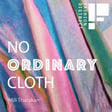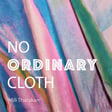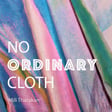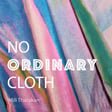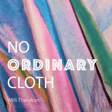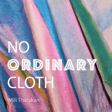
Ep 24. Medicine-Embedded Textiles: Reimagining Fabric for Pain Relief and Healing with Bradley Seese
In this episode, host Mili speaks with Bradley Seese,(“The Yarn Geek”), VP of Operations at Clothing 2.0 and a lifelong textile innovator and technical visionary, about the future of medicine-embedded textiles. Learn how Clothing 2.0 is infusing active ingredients like capsaicin (the spicy compound in chili peppers) into yarns to create health-promoting, pain-relieving garments. The conversation spans the science, safety, sustainability, regulatory landscape, and exciting possibilities for smart wearables that do more for our wellbeing—as well as Brad’s passionate journey from North Carolina yarn mills to the frontlines of textile innovation.
Key Topics
- What are medicine-embedded textiles, and how do they work?
- Capsaicin for pain relief: benefits, science, and use in smart clothing.
- Sustainability, wash durability, and minimizing waste in health textiles.
- The challenges and opportunities in bringing textile technology to market.
- Upskilling and creating new job pathways in US-based manufacturing.
- Brad’s personal journey and vision for the next wave of smart wearables.
Clothing 2.0: Website
Resources mentioned by Brad:
Manufacturing Solutions Center (for textile innovation and workforce training)
Synthetic Yarn and Fabric Association
SEAMS: The Association for the US Sewn Products Industry
Hohenstein Institute: International textile test lab and standards organization
Connect with Mili Tharakan: Website I Linkedin I Insta I Buy me a cofffee
Cover art: Photo by Siora, Photography on Unsplash
Music: Inspired Ambient, Orchestraman
